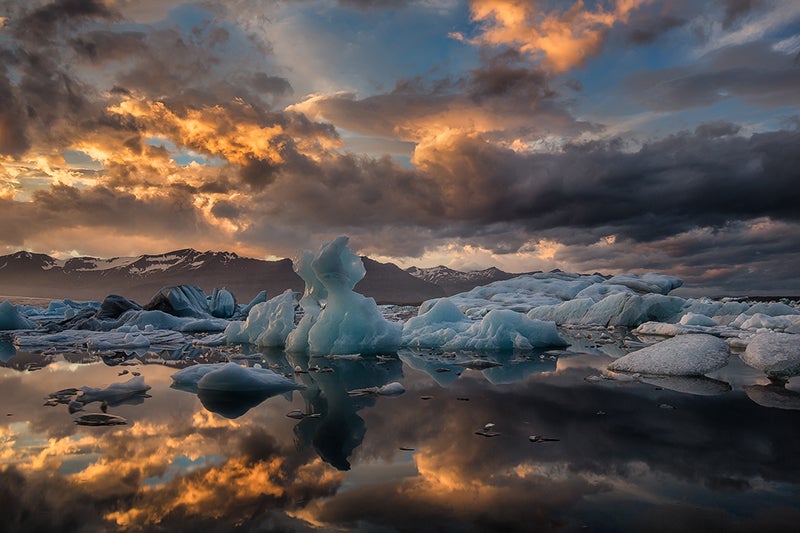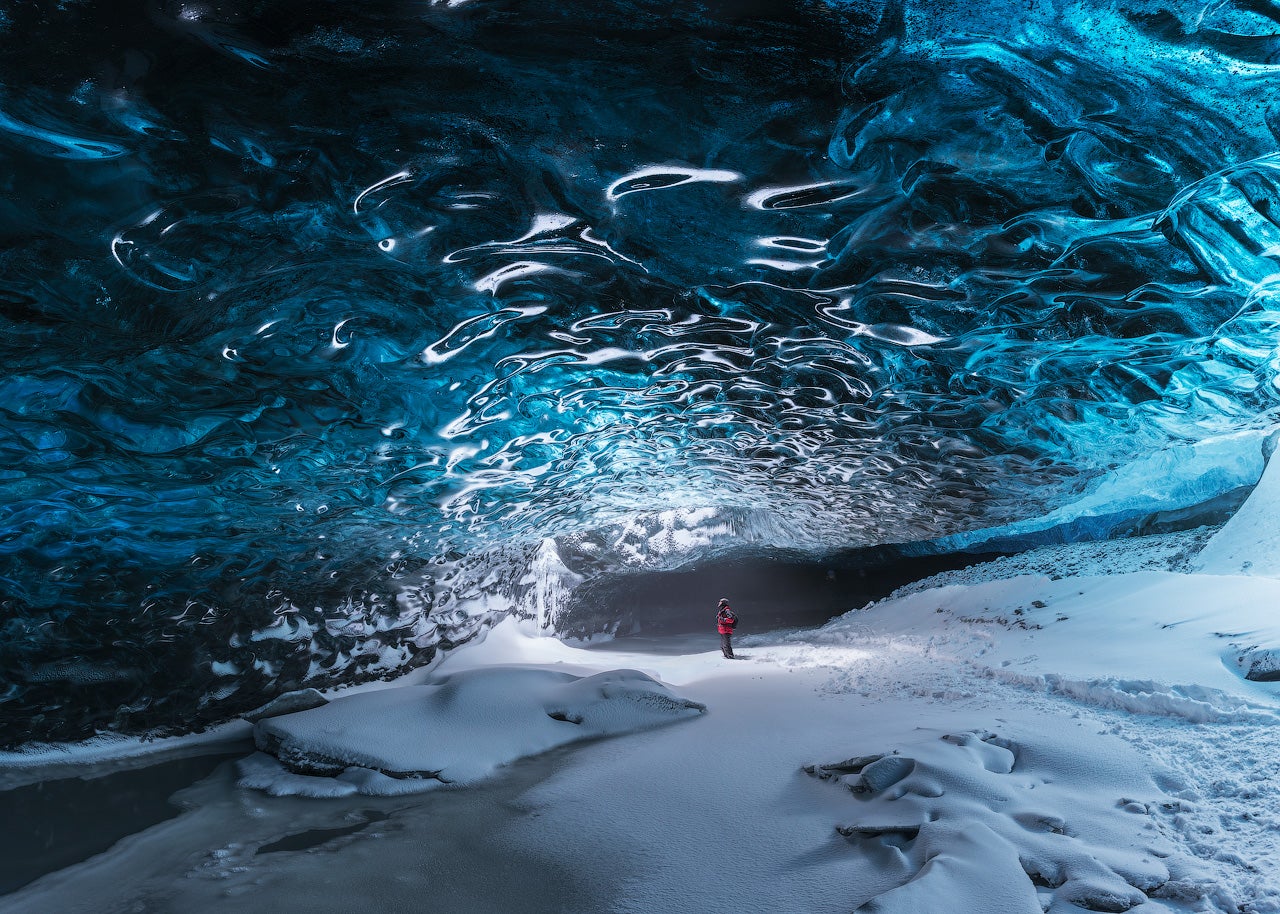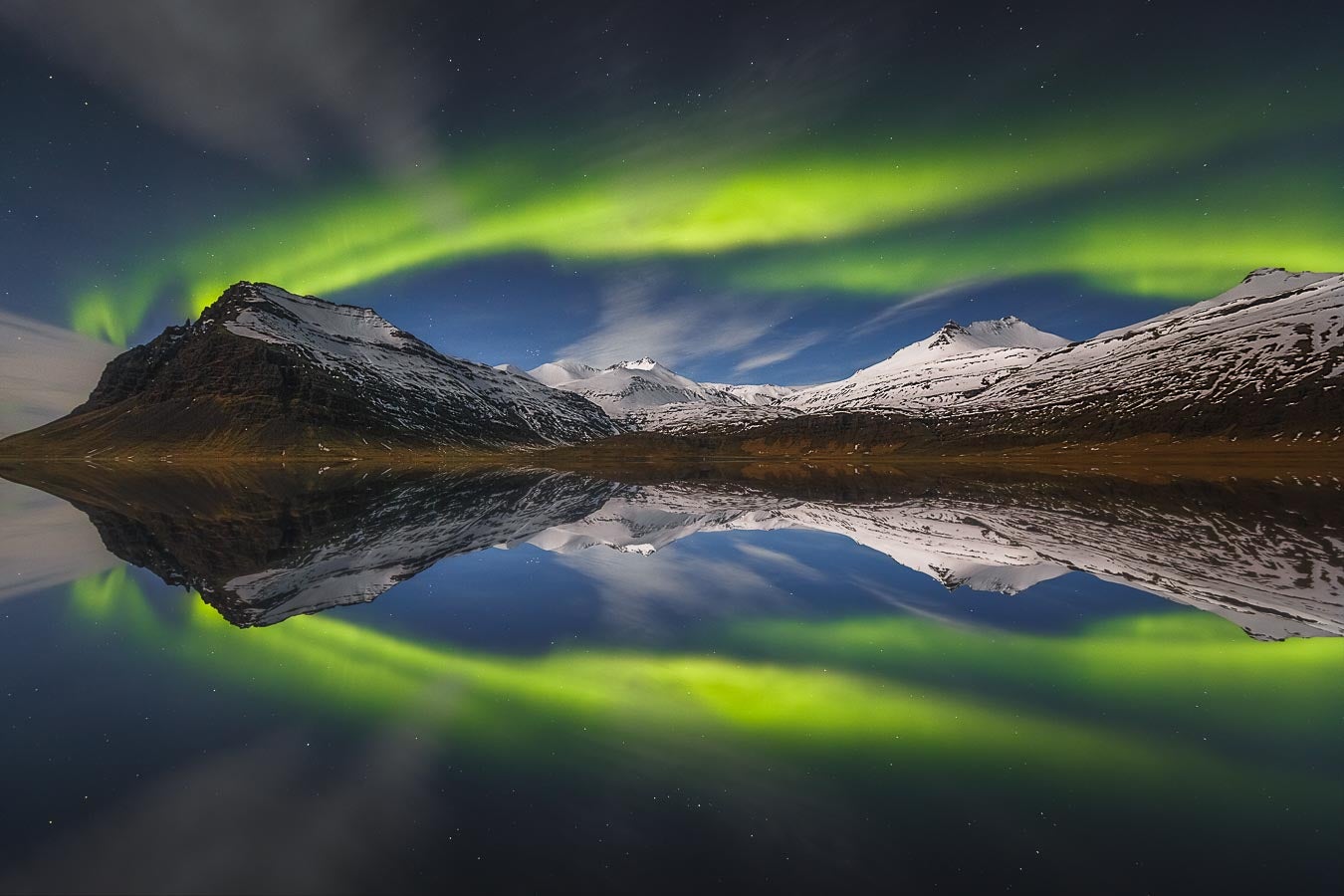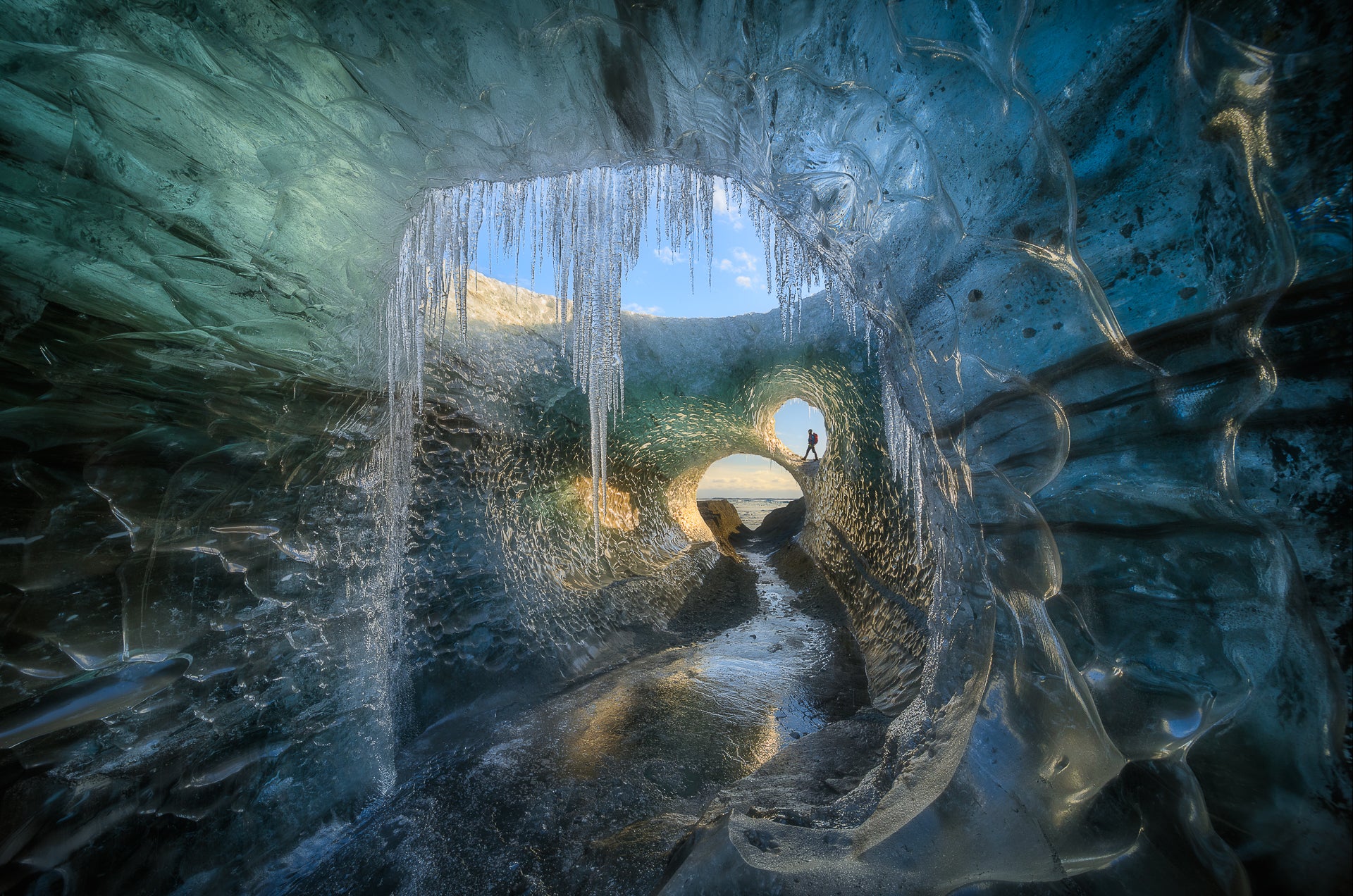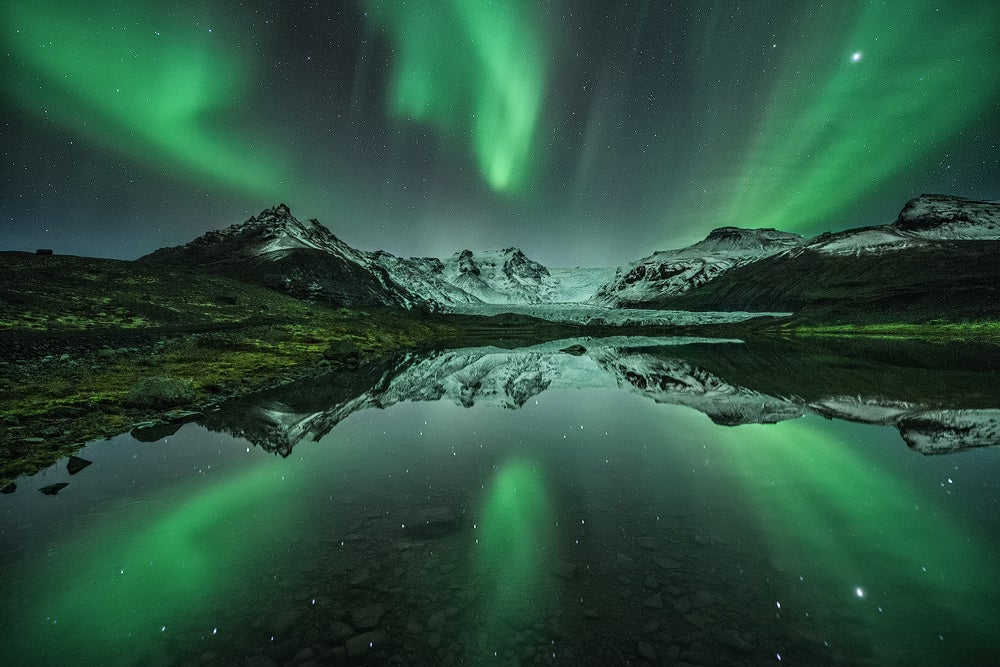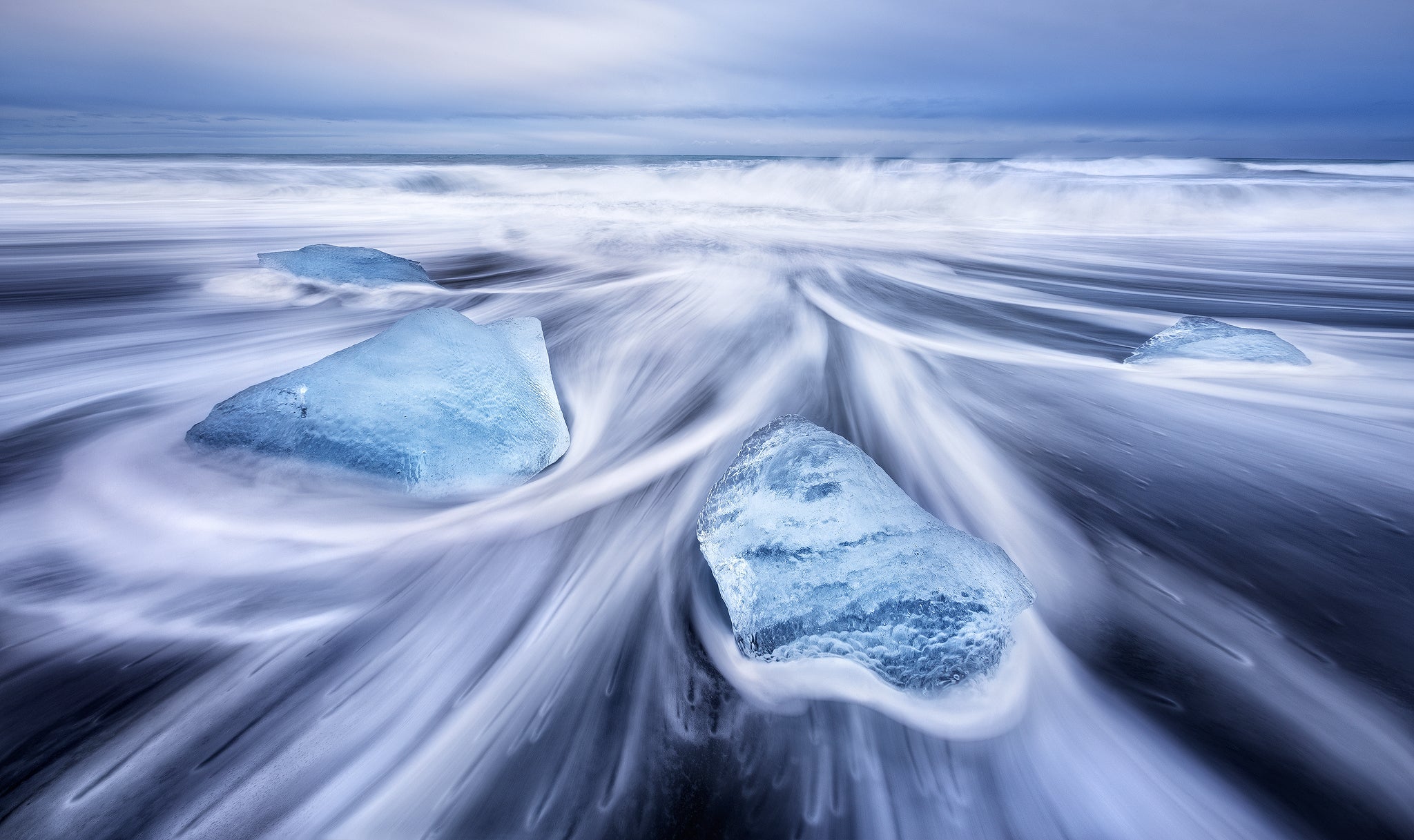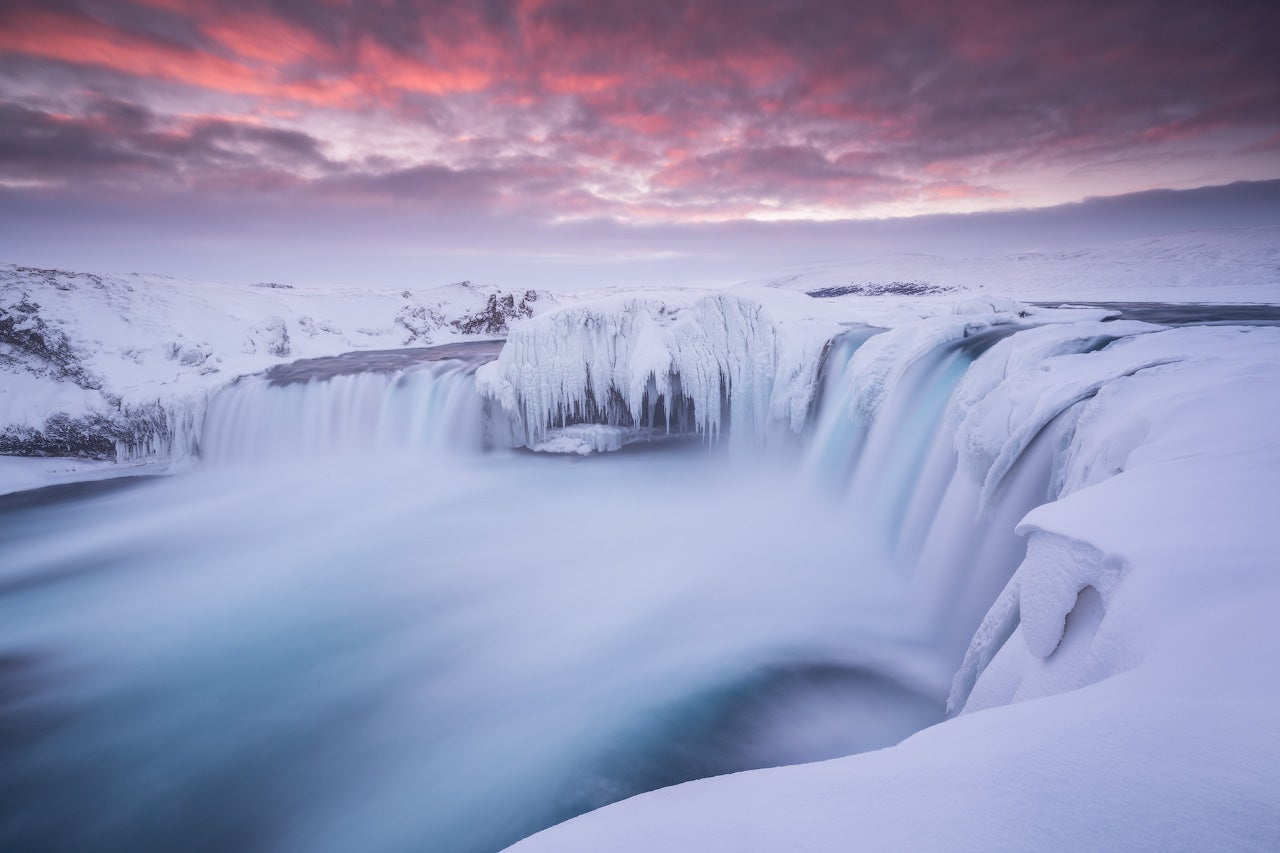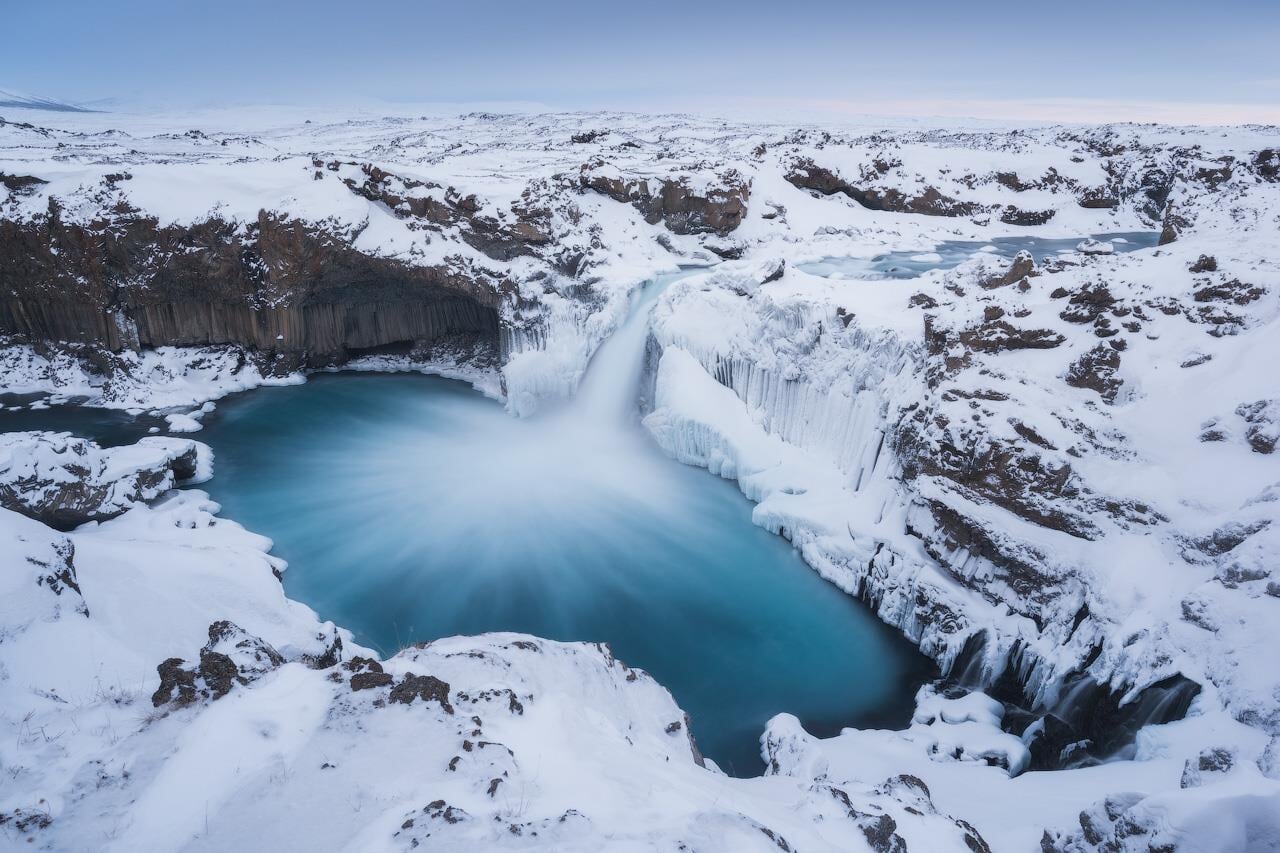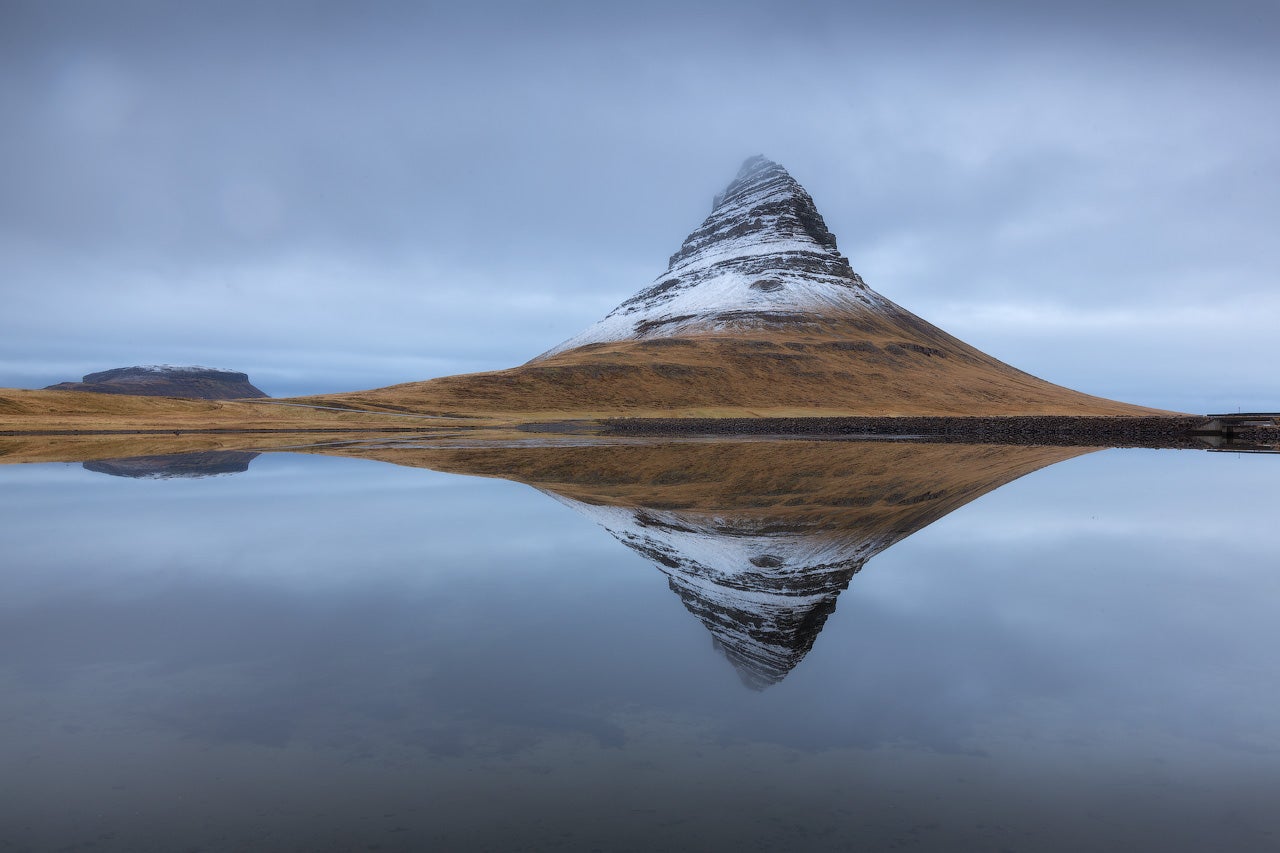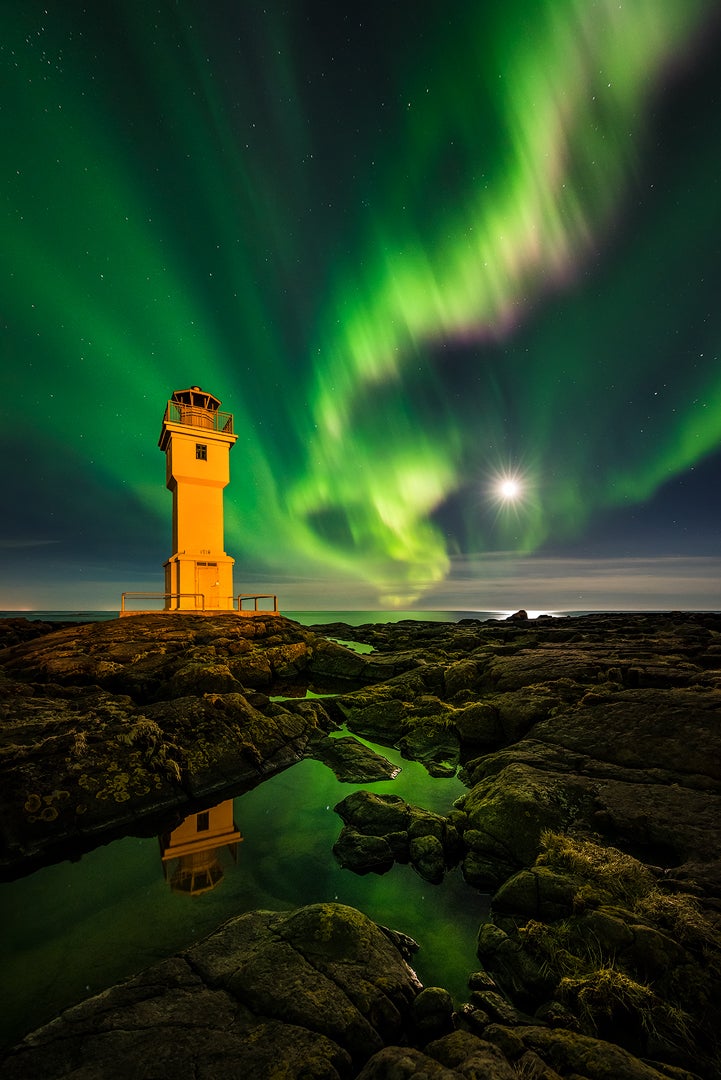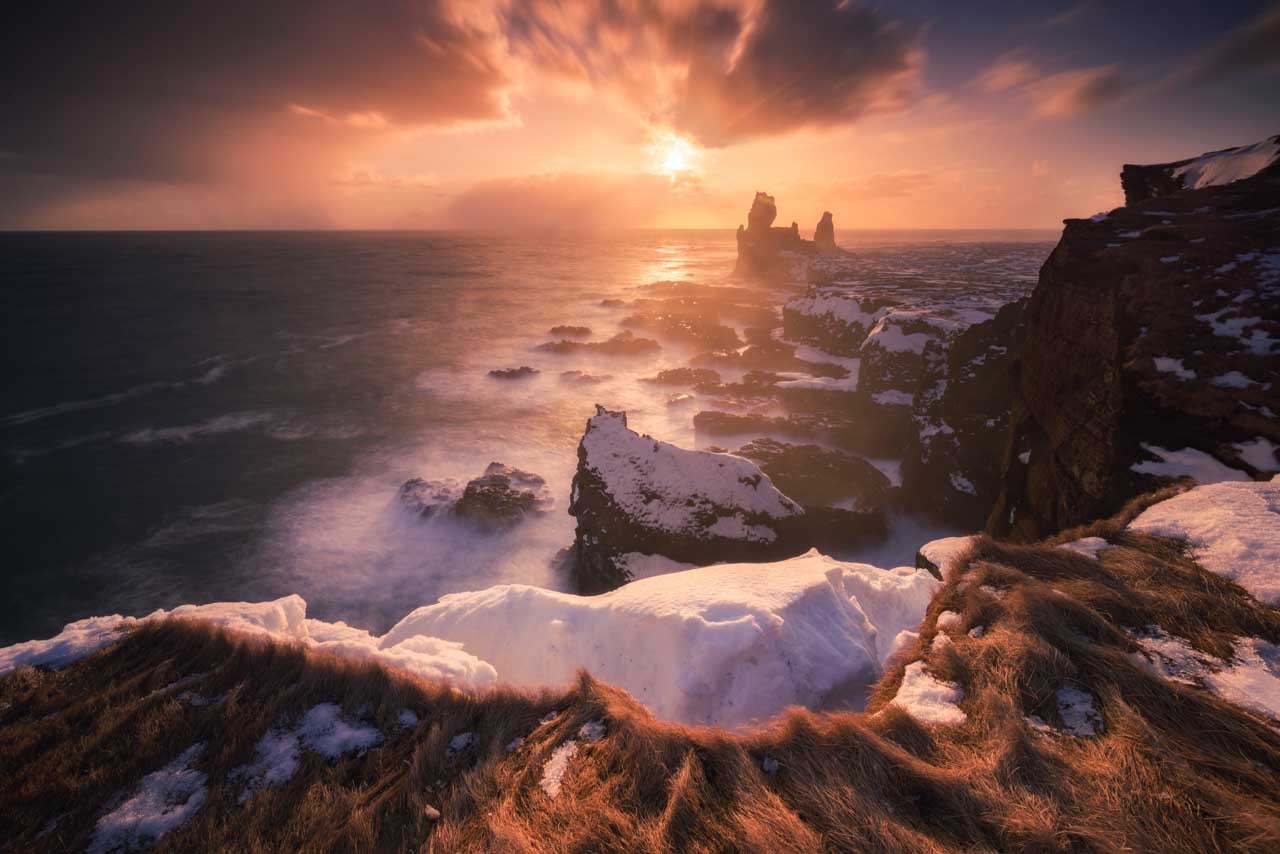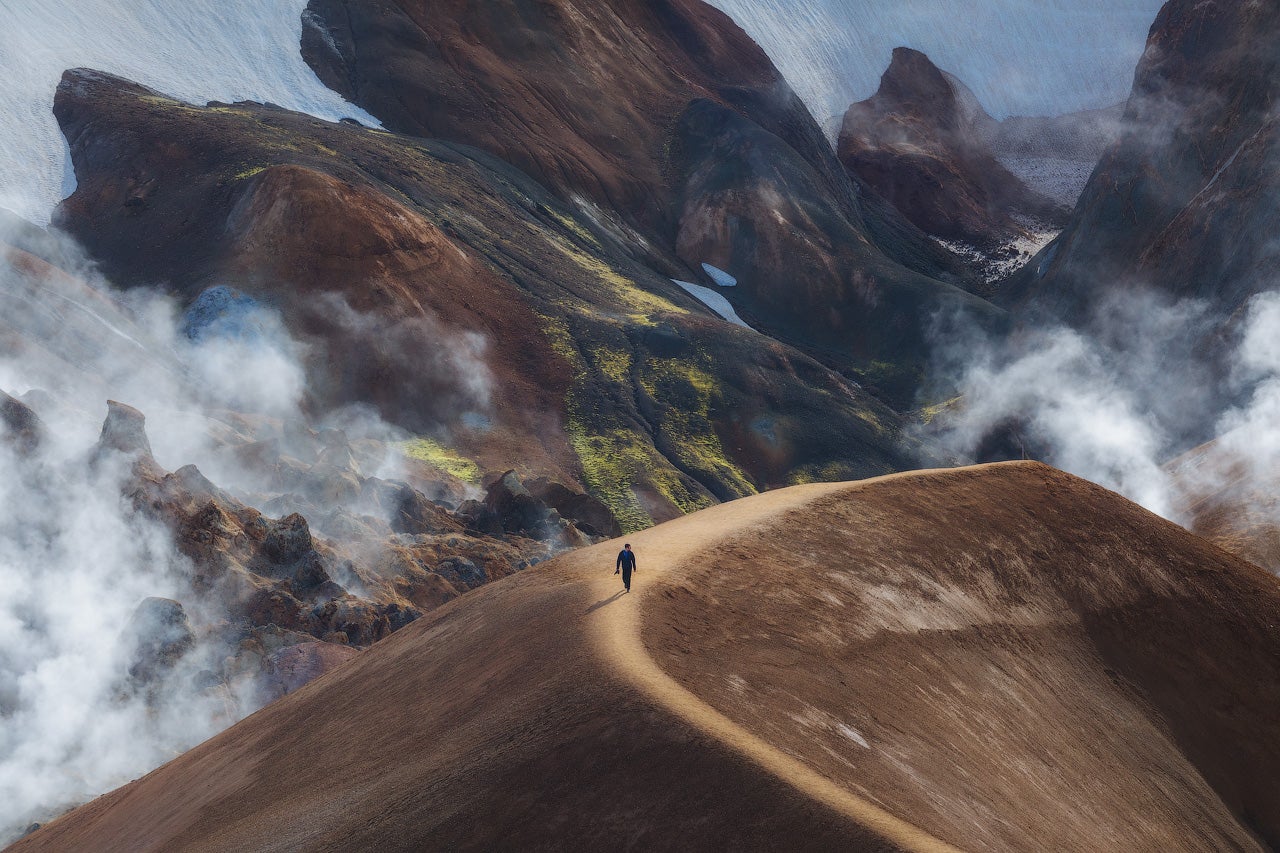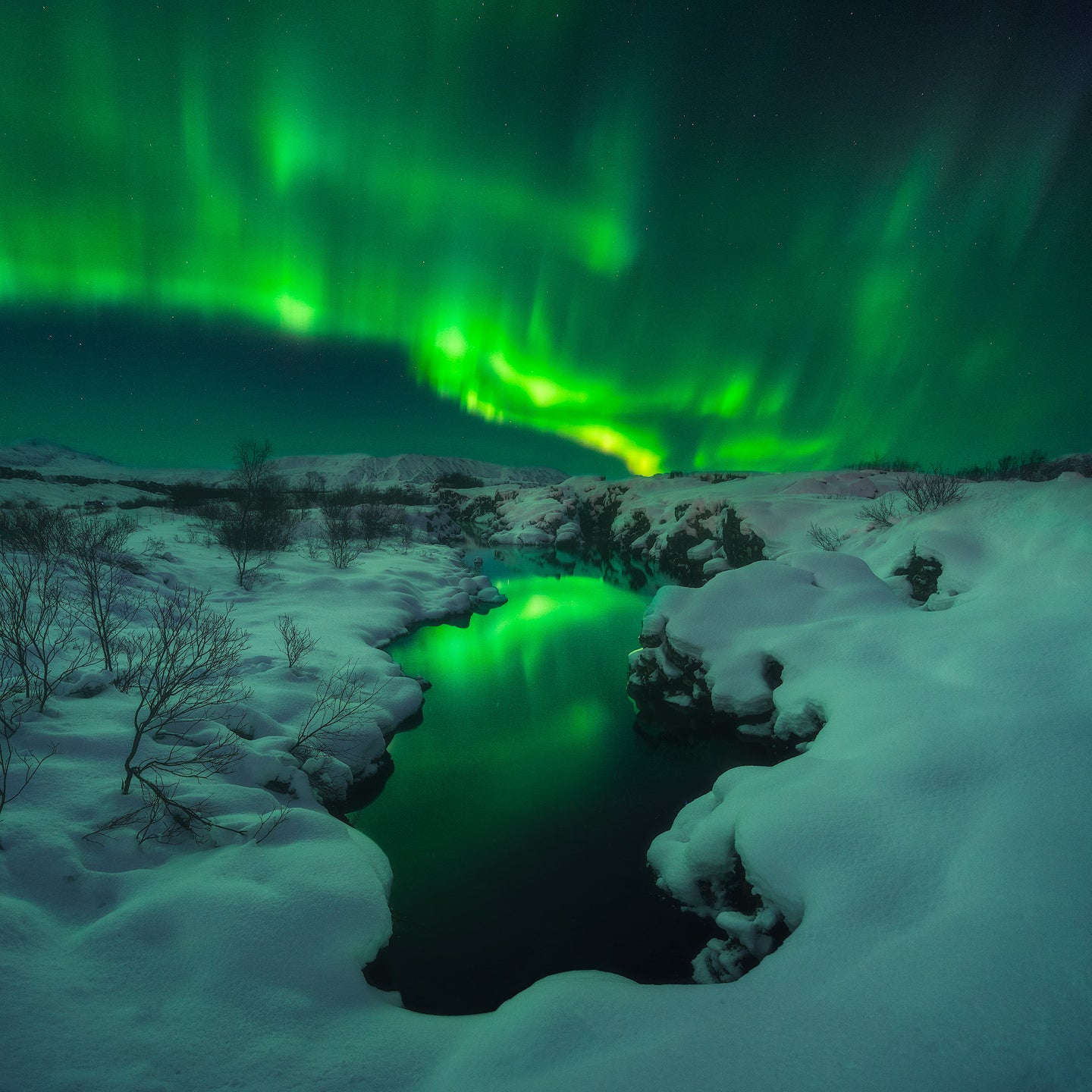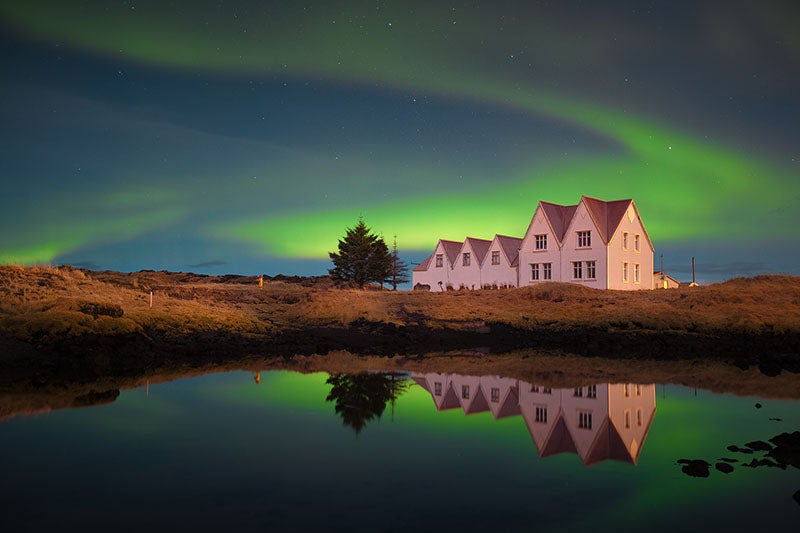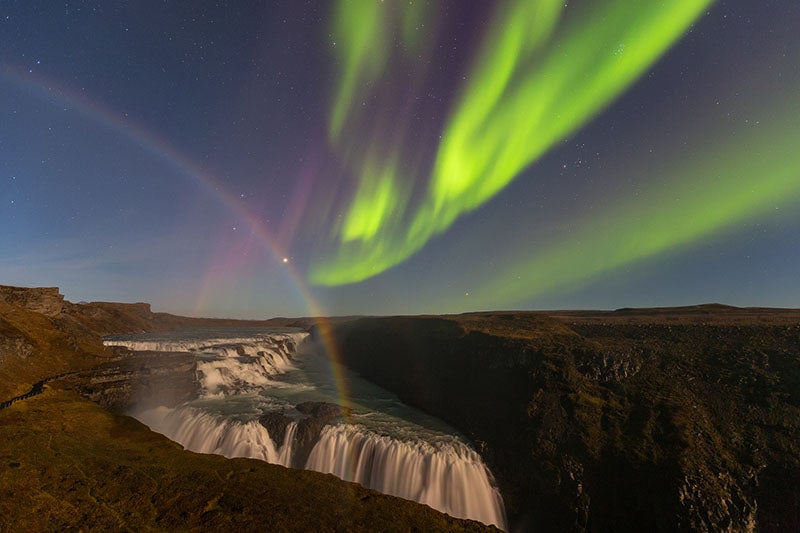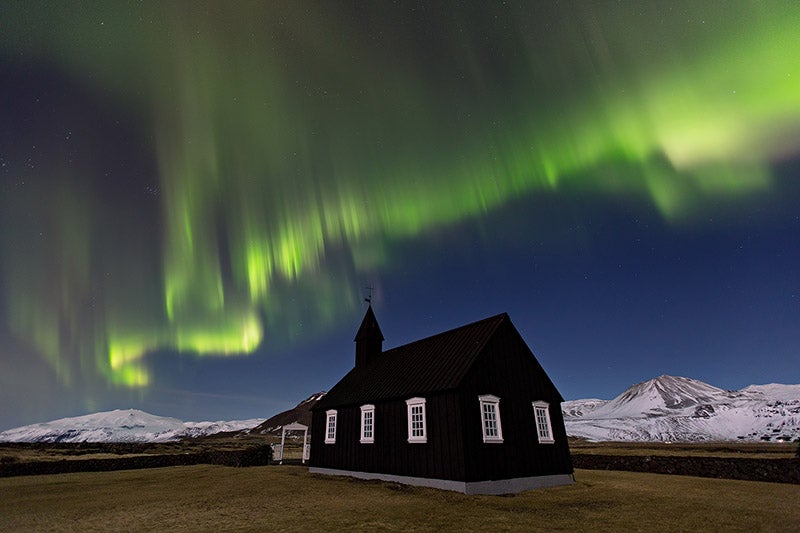I thoroughly enjoyed the photo tour, notwithstanding the weather but that was to be expected! And we got that spectacular night of aurora.The itinerary was great, with flexibility based on weather (I still hear you shouting while on the cliff: “mammatus clouds, mammatus clouds!!) and shooting conditions as they arose.The accommodations were very good as far as I was concerned, considering the remote locations involved. The food, to my surprise, was very very good!! Even better than the food we had in our Disney Fantasy cruise last year!!You and Thor were excellent guides, looking after and helping each participant hands on, lending photo equipment to help enhance or salvage their photography (too bad about the damaged equipment, happens to everyone eventually).Your lectures were very informative and the photos used were very inspiring. The group composition and size were great and made for a fun experience; loose and carefree demeanor. I like what John said, but not just any 2 Puerto Ricans, but those 2 Puerto Ricans. Overall the trip: “great bang for the buck!”, Iceland is awesome, I plan to come back and perhaps join the inland tour next year.I signed up for the October Tuscany trip.Congratulations on your obvious success with your career so far, good luck on your future endeavor, maybe our photographing paths will cross again!
